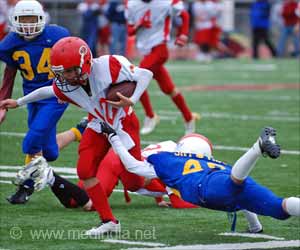Study confirmed behavioral changes that sped up learning with transcranial direct current stimulation.

‘tDCS in animals showed learning accelerated by about 40% when given 2 mA noninvasively to the prefrontal cortex without increased neuronal firing.’





Done in collaboration with McGill University in Montreal and Soterix Medical in New York, the study was sponsored by the Defense Advanced Research Project Agency (DARPA)'s Restoring Active Memory (RAM) program. Published in the journal Current Biology, tDCS in animals showed learning accelerated by about 40% when given 2 mA noninvasively to the prefrontal cortex without increased neuronal firing. This study showed it was modulated connectivity between brain areas, not neuron firing rates that accounted for the increased learning speed. Overview of the study
The behavioral task in this experiment was associative learning. The macaques had to learn arbitrary associations between a visual stimulus and a location where they would get a reward--a visual foraging task. The initial foraging trials took about 15 seconds, and once the animal learned the location of the reward, it took approximately 2 seconds to recall and find the target. Subjects in the control condition required an average of 22 trials to learn to obtain the reward right way. With tDCS they required an average of 12 trials.
"In this experiment we targeted the prefrontal cortex with individualized non-invasive stimulation montages," said Dr. Praveen Pilly, HRL's principal investigator on the study. "That is the region that controls many executive functions including decision-making, cognitive control, and contextual memory retrieval. It is connected to almost all the other cortical areas of the brain, and stimulating it has widespread effects. It is also the target of choice in most published behavioral enhancement studies and case studies with transcranial stimulation. We placed the tDCS electrodes on the scalp in both our control and stimulation conditions. The behavioral effect was revealed when they learned to find the reward faster."
"The improved long-range connectivity between brain areas in the high frequency bands and reduced connectivity in the low frequency bands were the determining factors in our study that could explain the learning improvements with tDCS of the prefrontal cortex," Pilly said. "Just because neurons can be more brisk in their firing may not lead to changes in performance. Boosting memory function likely requires better coordination of task-relevant information across the cortex."
Advertisement
Source-Eurekalert













